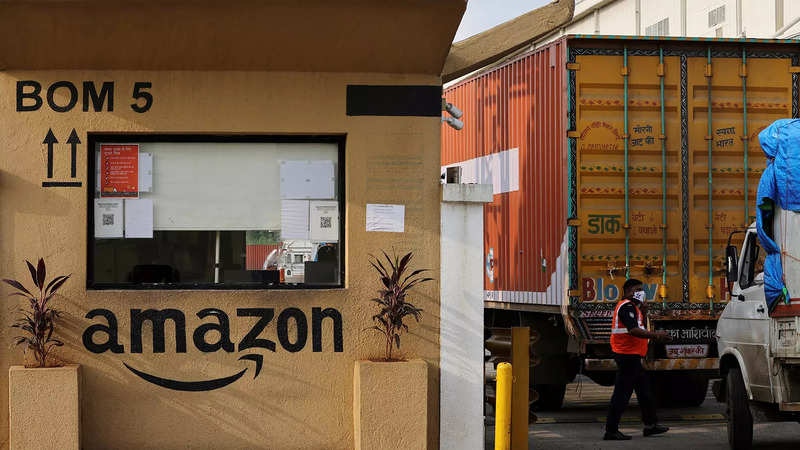Will India emulate East Asia’s export-driven success or follow Latin America’s crony capitalism pitfalls in its pursuit of economic dominance?
Last week, this column described how the govt’s atmanirbhar policy was evolving into an Indian version of the Korean chaebol, where industrial conglomerates are backed by their govt with support and subsidies to become world-class national champions. Similar policies mark other East Asian countries.Will India emulate East Asia? Or will it go the way of Latin America, which also aimed to create national champions with high tariffs, quasi-monopolies, cheap credit, and ended with disasters in country after country? The chaebol bribed politicians. But Latin American corruption was enormously higher, with crony capitalism ruining economies. Despite historical advantages, the region failed to move from middle-income to high-income status. Argentina, among the richest countries in the 19th century, went bust seven times and regressed.
East Asian countries were always export-oriented and, hence, globally competitive. By contrast, Latin Americans aimed at self-sufficiency. The resulting lack of competitiveness doomed them.Will India succeed in its version of chaebolisation? Or will it go the Latino crony way, as liberals like Raghuram Rajan fear? Consider three major fears… One is incomplete chaebolisation. Korea kept out big multinationals. But atmanirbhar has mixed aims. It seeks national champions but also wants to attract the biggest multinationals. It boasts of success in attracting Apple to make and export billions worth of iPhones, and Micron (with subsidies of 70% of cost) for semiconductor assembly and testing. This has been denounced as an unwarranted gift to foreigners. By contrast, Korea never allowed foreign investment in production, reserving favours for chaebol. Samsung and Hyundai rose by first buying foreign technology and, later, investing massively in R&D to become technological leaders.
India’s atmanirbhar is far from pure chaebolisation. It is a jumbled mix of attracting FDI and backing India’s Big Three — Tata, Ambani and Adani — to become national champions to take on the world.
Atmanirbhar includes high tariffs (hopefully temporary) to keep out imports, subsidies through production-linked incentives (PLIs), and rules favouring national champions. Govt has raised import duties on many low-tech items, protecting small producers of items like kites, candles, clocks, and textiles. But it wants multinationals like Amazon and Walmart too, even while changing e-commerce rules to benefit homegrown companies like Reliance. So, unlike Korea, India seeks both MNCs and national champions.
The second fear is that Indian businessmen will become mainly uncompetitive palm-greasers buying favours from corrupt governments. Some Indian economists say India is going the Latino way of crony capitalism, with companies like Ambani and Adani making money in non-competitive sectors like infrastructure. Much of this criticism reflects caste bias against Marwaris and other Vaishyas. Ambani runs one of the biggest oil refineries in the world, and has made petroleum products India’s biggest export. His refining margins are higher than those of Singapore’s famed refineries. These are not crony feats. Reliance Jio has given India one of the cheapest telecom networks in the world.
Adani is mostly in infrastructure. He started with Mundra port. It had to be competitive to attract cargo away from major ports like Mumbai and nearby Kandla. Today, Mundra is India’s biggest port with the biggest attached Special Economic Zone.A decade ago, Adani audaciously decided to invest $16 billion in a new Carmichael coal mine project in Australia. No crony would make such a huge bet in a foreign country. He had to battle environmentalists and tribal groups for years. Besides, rival miners said Carmichael would need an export price of at least $110/ton to succeed, which was unlikely as the world gradually stopped using coal. Adani fought critics for years, finally got all the permits, and commenced production. The price of Australian coal today is $140/tonne, so Adani calculated rightly and his critics did not.
Tata is an established global player. It is now the biggest private sector employer in Britain, running TCS, Tata Steel Europe (formerly Corus) and Jaguar Land Rover. The third fear of critics is that Indian companies will fail for want of R&D. India spends only 0.6% of GDP on R&D against China’s 2.4% and Korea’s 4.8%. Most Indian R&D is by the government, not corporations. This must change radically if India is to chaebolise. However, top Indian companies are aiming to do just that. Ambani and Adani plan massive R&D in renewables. They aim to reduce the price of green hydrogen from $3/kg to just $1/kg, which is cutting-edge stuff.
Jaguar’s R&D will help Tata become world class in e-cars. Bajaj, India’s fourth biggest group, has converted most of its Pune factory into an R&D centre. Success is by no means assured. But India is well-placed to charge uphill. Let us be optimists


